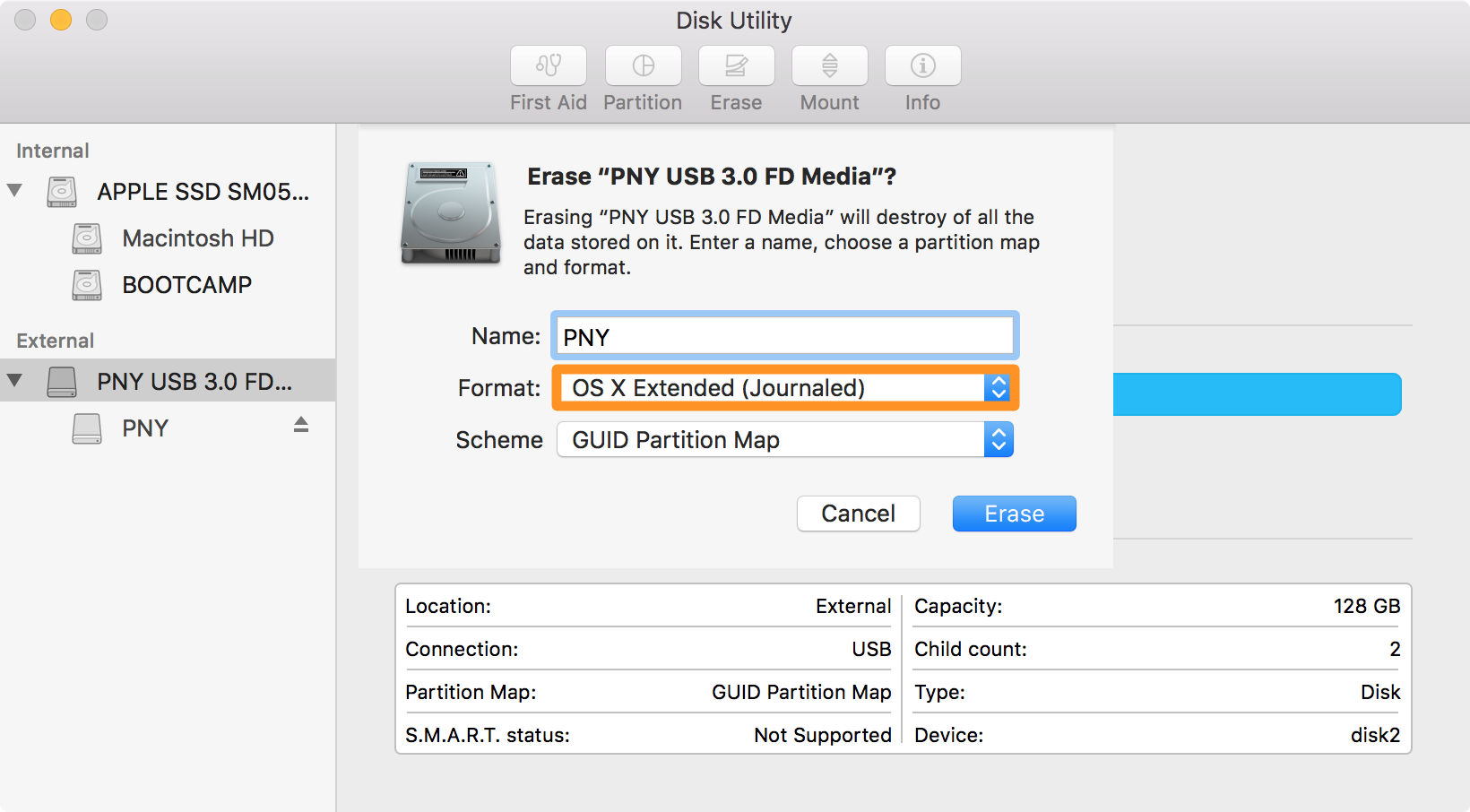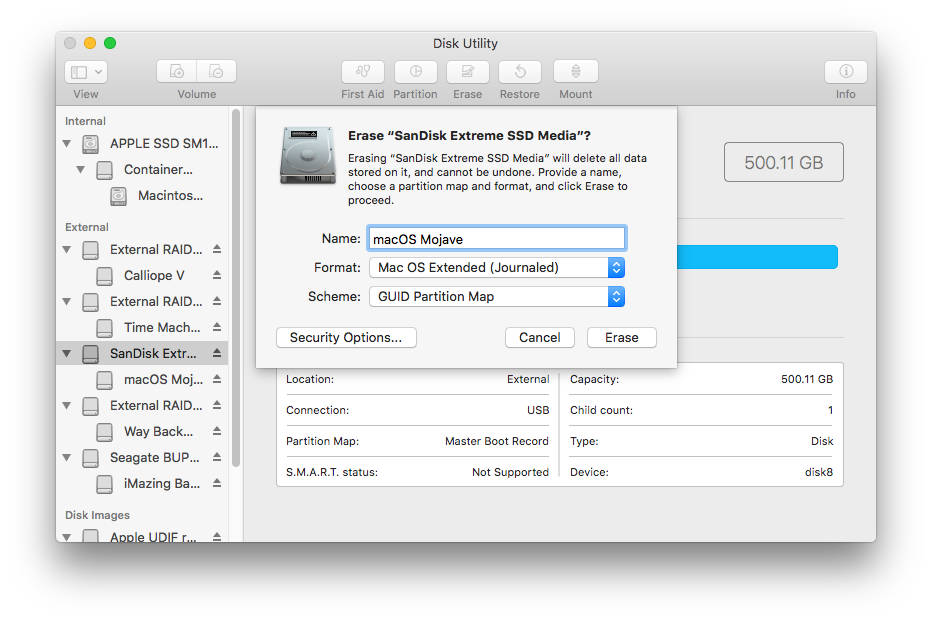

Only the formats "qcow2" and "qed" support changing the backing file. Rebase -b backing_file filename Changes the backing file of an image. Snapshot filename List, apply, create or delete snapshots in image filename. If VM snapshots are stored in the disk image, they are displayed too. Use it in particular to know the size reserved on disk which can be different from the displayed Info filename Give information about the disk image filename. You can use the backing_file option to force the output image to be created as a copy on write image of the specified base image theīacking_file should have the same content as the input's base image, however the path, image format, etc may differ. Image conversion is also useful to get smaller image when using a growable format such as "qcow" or "cow": the empty sectors are detectedĪnd suppressed from the destination image. Then it is rewritten as uncompressed data. It means that if a compressed sector is rewritten, Only the formats "qcow" and "qcow2" support compression. Option) or use any format specific options like encryption ( "-o" option).

The size can also be specified using the size option with "-o", it doesn't need to be specified separately in this case.Ĭommit filename Commit the changes recorded in filename in its base image.Ĭonvert filename ] output_filename Convert the disk image filename to disk image output_filename using format output_fmt. backing_file will never be modified unless you use the "commit" monitor command (or qemu-img commit). If the option backing_file is specified, then the image will record only the differences from backing_file. That enable additional features of this format.
:max_bytes(150000):strip_icc()/DiskUtilityErase-56a5d5315f9b58b7d0dea168.jpg)
Depending on the file format, you can add one or more options Only the formats "qcow2", "qed" and "vdi" support consistency checks.Ĭreate filename Create the new disk image filename of size size and format fmt. Snapshot is the name of the snapshot to create, apply or deleteĪpplies a snapshot (revert disk to saved state)Ĭheck filename Perform a consistency check on the disk image filename. See the documentation of the emulator's "-drive cache=." option for t cache specifies the cache mode that should be used with the (destination) file. You may use the common size suffixes like "k" for kilobytes. S size indicates the consecutive number of bytes that must contain only zeros for qemu-img to create a sparse image during conversion. With or without a command shows help and lists the supported formatsĭisplay progress bar (convert and rebase commands only) Indicates that target image must be compressed (qcow format only) Or see the format descriptions below for details. Use "-o ?" for an overview of the options supported by the used format Output_fmt is the destination format options is a comma separated list of format specific options in a name=value format. Output_filename is the destination disk image filename Optional suffixes "k" or "K" (kilobyte, 1024) "M" (megabyte, 1024k) and "G" (gigabyte,ġ024M) and T (terabyte, 1024G) are supported. See below for a description of the supported disk formats. It is guessed automatically in most cases. Usage: qemu-img command Ĭheck filename create filename commit filename convert filename ] output_filename info filename snapshot filename rebase -b backing_file filename resize filename size Command parameters:


 0 kommentar(er)
0 kommentar(er)
